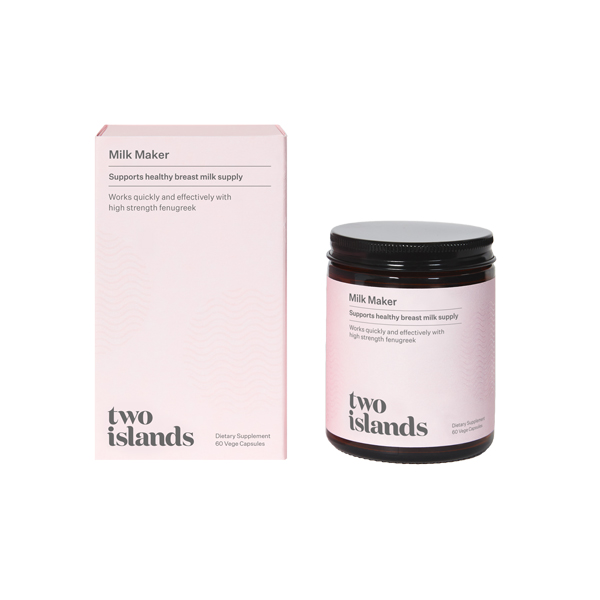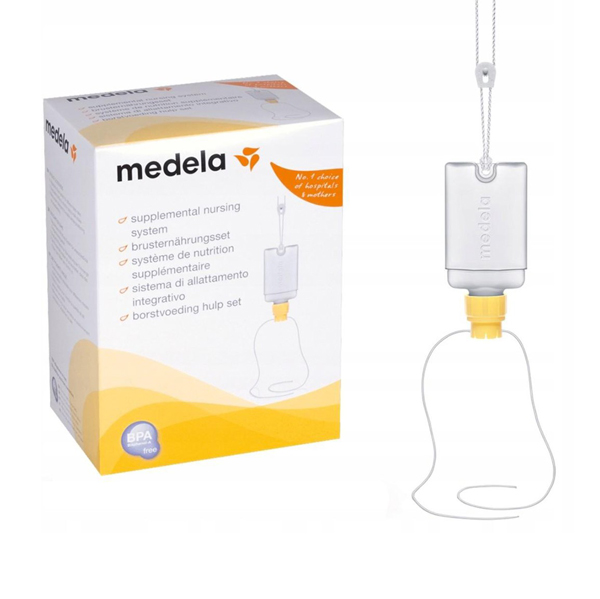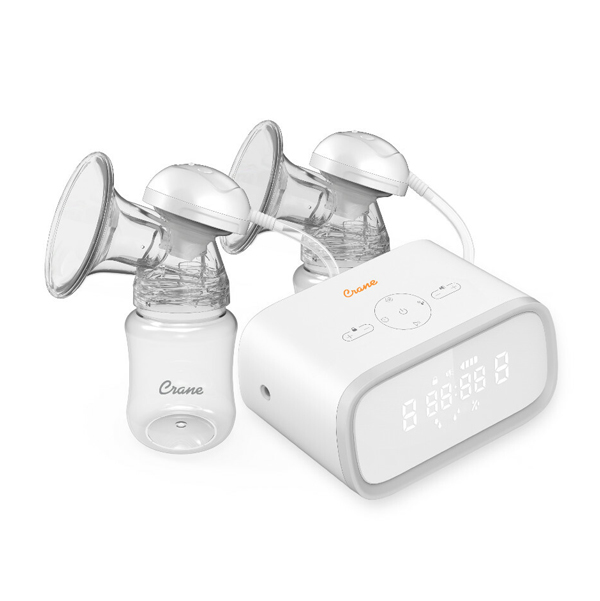Low Milk Supply? Here’s How to Increase Your Milk Production

Mum pumps with the Crane Breast Pump from The Sleep Store.
For some breastfeeding people, suffering from low breast milk supply can be an incredibly emotional and challenging experience. But all hope is not lost – here are some practical tips and techniques that may help you to boost your milk production.
HOW TO TELL IF YOU HAVE LOW SUPPLY
Before you try to increase your milk supply, it’s essential to determine whether you actually have low milk supply or if you’re just perceiving it to be so. Yes, there is a difference.
Many people assume that because their breasts feel ’empty’, that they have had a drop in supply but this isn’t a reliable indicator of milk production. In fact, around 6-12 weeks postpartum, milk supply begins to regulate and as a result it’s normal for your breasts to feel less full, softer or even empty. Given your breasts not only make milk between breastfeeds but during a nursing session as well, they’re never truly empty!
The best way to tell if your making enough milk is by referring to these three main indicators:
- Baby has steady weight gain.
- Baby is having normal elimination, meaning an adequate number of wet and dirty nappies.
- Baby seems satisfied and settled after feeding – keeping in mind that it’s also normal for babies to cry and fuss.
If your pēpi isn’t meeting those indicators then milk supply may indeed be low and, in that case, you should read on for more information while also seeking support from a health professional such as your LMC, GP or a lactation consultant.
Rather than scheduling feeds, it’s recommended to breastfeed your baby on demand, meaning as often as they want to, day or night!
- Consider potential causes. There’s lots of things that can impact or interfere with supply, including but not limited to scheduled feeding over feeding on demand, dummies, bottle preference, nipple shields, top up or supplemental feeds, cutting breastfeeds short, stress or mental health distress in the breastfeeding person, health problems in the baby, and hormonal contraception. If you think any of these may be impacting on your supply, seek advice from your healthcare professional for support and/or alternative solutions.
- Efficient breastfeeding. We know that breastfeeding is build on supply and demand; the more often and efficiently you feed, the more milk your breasts will make. If the latch or positioning isn’t right, your baby may not be efficiently removing milk from the breast which can decrease your supply. Your midwife will be able to help you with latching, but if you’re still struggling, see your local International Board Certified Lactation Consultant for additional support.
- Frequent breastfeeding. Again, we’re talking about supply and demand here. Frequent feeding is the other half of the equation (see first bullet point for the first half) when it comes to building a good supply. Essentially, the emptier the breasts are, the faster production is. So a person who is trying to increase their milk supply should endeavour to remove milk frequently from the breasts throughout the day. Kellymom recommends aiming to breastfeed every 1.5-2 hours during the day and 3 hourly overnight.
- Take a breastfeeding holiday. For two to three days, drop all plans, put your feet up, and just focus on resting and breastfeeding your baby around the clock, as often as they want to. Disclaimer: It’s not quite how you remember your holidays being pre-baby but all the skin-to-skin and snuggles are sure to help with bonding, supply, and reducing your stress levels.
- Rest and recoup. Breastfeeding can overwhelming as is, let alone with the added pressure of having low supply. In order to take care of your baby, you need to take care of yourself first. Period. You know how everyone says, “Sleep when the baby sleeps”? Well, it’s for good reason – your milk supply will thank you. It’s also important to keep up your hydration by drinking to thirst and eating regularly throughout the day.
- Switch nursing. This tried-and-true technique is especially good for sleepy babies. It’s where you alternate breasts multiple times during a feeding session; when you feel your baby’s sucking and swallowing slow down, take them off the first breast and put them on the other side. When they slow down again, put them back on the first side. The idea is that is stimulates the breasts more and encourages your baby to feed more actively.
- Power pumping. Mimic cluster feeding by practising interval pumping over the course of an hour, once a day. Pump for 20 minutes, rest for 10 minutes, pump for 10 minutes, rest for 10 minutes, and pump for another 10 minutes.
- Use an SNS. If you aren’t making enough milk and have been advised that your baby needs ‘top up’ feeds, a supplemental nursing system (SNS) is a great way to feed your baby via a supply line while still keeping them at the breast which can help stimulate to build your own supply.
- Consider your intake of food galactagogues. A galactagogue is a food that has lactogenic or milk-making properties and is said to improve the production of breast milk. Think oats, fenugreek, blessed thistle, and alfalfa, amongst others – here’s an exhaustive list. Some people like to take these as herbal supplements, whereas others prefer to include galactogenic foods in their diet in combination with other strategies for increasing their milk supply.
- Ask your LMC, GP or lactation consultant about prescription galactagogue medication. A small number of breastfeeding people may require prescription medication, such as domperidone, to increase their milk supply. For information on the use of medication, including the efficacy, benefits and risks, consult a healthcare professional.







